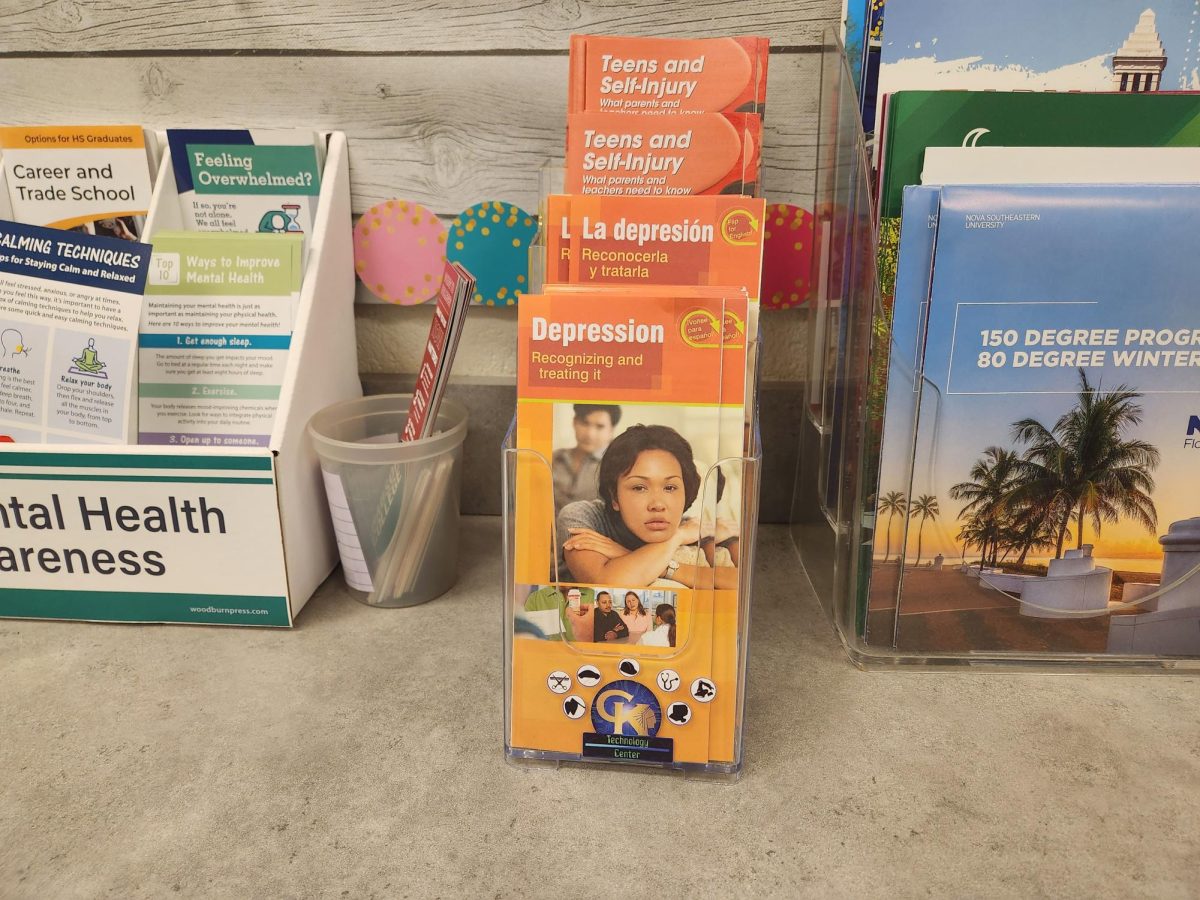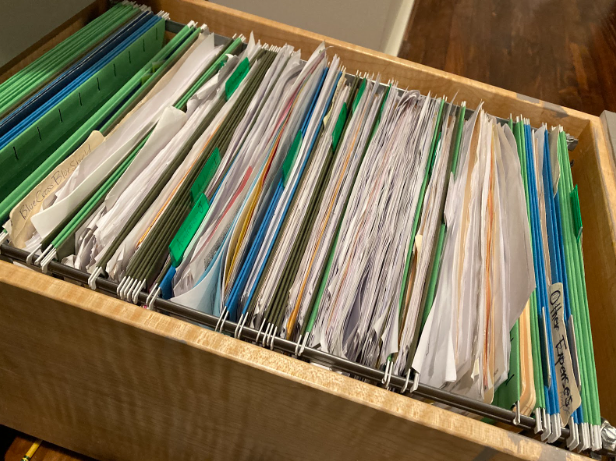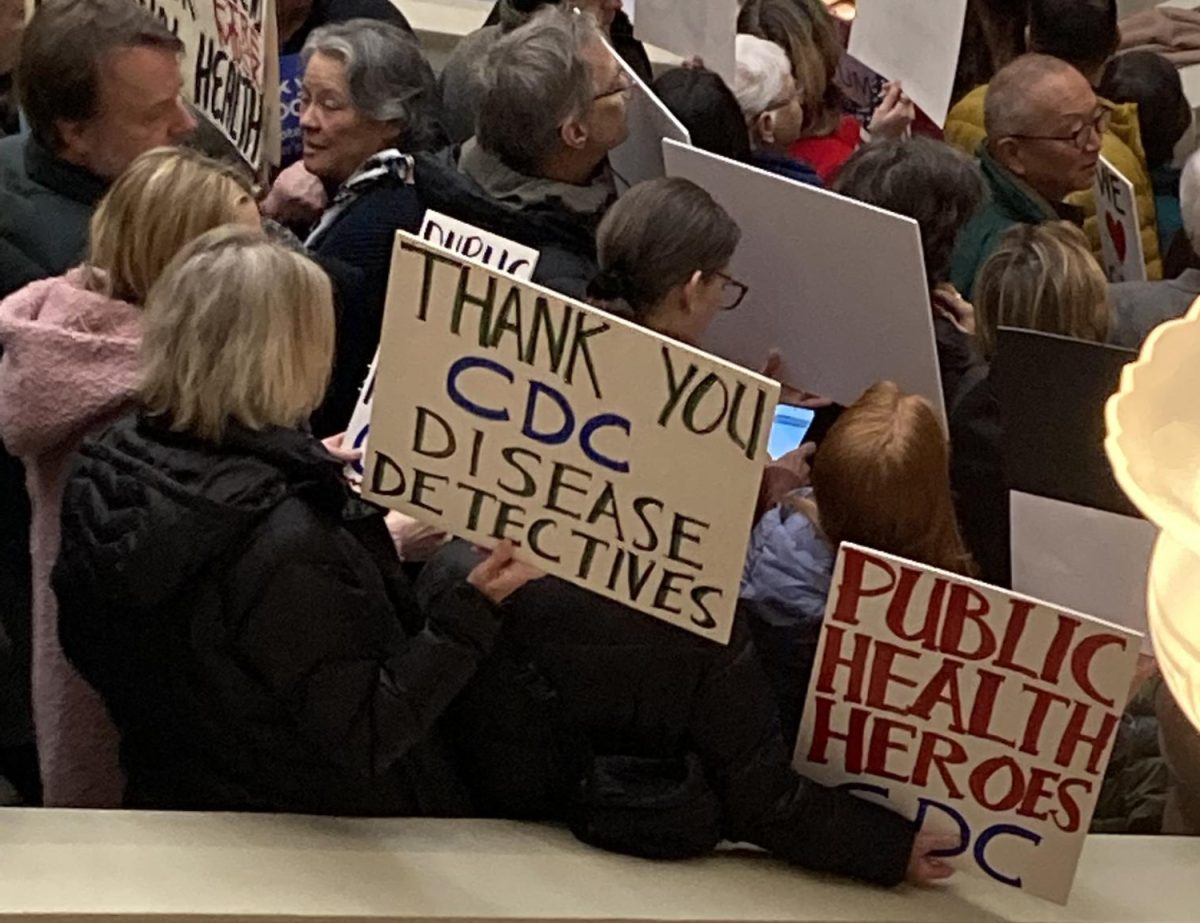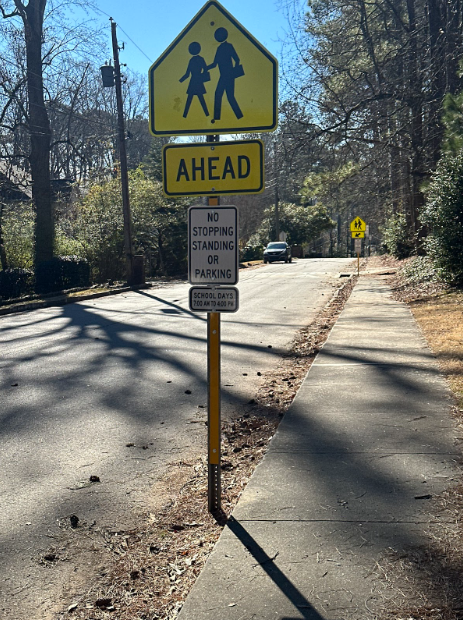As many students are aware, mental health issues are common among teens. This problem extends to many of the teens at Chamblee High School.
“Half of the school has 504s, another quarter needs them but doesn’t want the hassle,” said Ronit Nemenman (‘26). “The rest of them are surprisingly fine, but they probably won’t end up staying that way.”
This opinion that Chamblee’s students aren’t as mentally healthy as they could be is held by more than one individual. However, while some of the root causes of this issue can be minimized, it cannot entirely be prevented. Some of the mental health issues are a natural product of school.
“I’d say the workload is reasonable, but it can still lead to anxiety,” said Emily Papirio (‘27). “Pressure from parents, teachers, and colleagues to perform well in school can lead to a certain level of stress to perform well and achieve academic excellence, sometimes at the cost of our mental health.”
With these widespread mental health issues becoming notable, Chamblee has been making efforts to help students who may be suffering from anxiety, depression, or other mental health struggles. Some of these efforts include calling students to assemblies relating to mental health and coping skills, posters around the school with advice for those feeling anxious or depressed, and having counselors who are there to help students who need support. Student’s reactions to these attempts to support those with mental health issues are mixed.
“The counselors could definitely be doing better and it’s not their fault,” said Papirio. “They’re just really underfunded.”
When asked about improvements that could be made to Chamblee’s mental health support, counselor Anna Brachey believes the issue lies in a lack of mental health professionals and communication between the school and parents.
“Increased staffing for mental health professionals such as school counselors, social workers, and school psychologists could ensure our students receive timely individualized support,” said Brachey. “Also, enhancing communication with parents about mental health resources and strategies can foster a supportive environment at school and at home.”
Students had some mixed feelings about the assemblies as well.
“[Chamblee has] maybe one assembly a year with a full grade packed into the auditorium,” said Nemenman. “All it does is desterilize students and make them not want to ask for help so they won’t be embarrassed. The students don’t learn anything they didn’t know from the internet already.”
Although there is agreement among more than one member of the Chamblee High School community that the school’s handling of mental health is less than perfect, there are achievable ways that the school can improve.
While many students wait for Chamblee High School to fix perceived problems with their handling of mental health, there are ways one can cope with mental health without the support of mental health professionals or those at the school.
“Practice self-care. Incorporate activities you enjoy that get you moving such as going on a walk while you listen to your favorite podcast, playing sports, or turning on a yoga video at home with your siblings,” said Brachey. “Eating healthy, getting enough sleep (8-10 hours), and relaxation techniques such as mindfulness or journaling have been proven to help many people with mental health concerns.”







